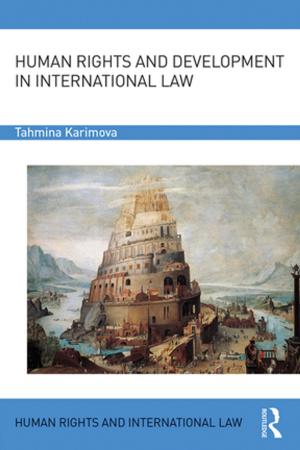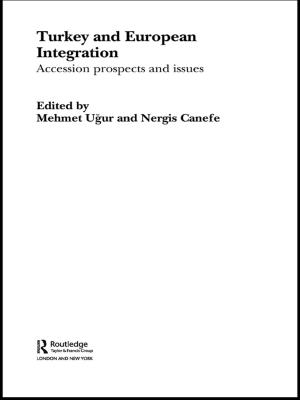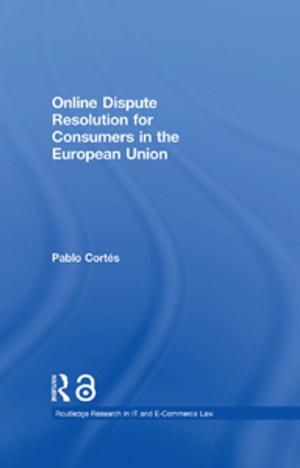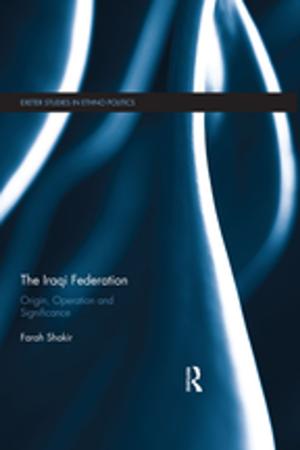Propaganda and Information Warfare in the Twenty-First Century
Altered Images and Deception Operations
Nonfiction, Social & Cultural Studies, Political Science, International, International Security, History, Military| Author: | Scot Macdonald | ISBN: | 9781135983512 |
| Publisher: | Taylor and Francis | Publication: | December 5, 2006 |
| Imprint: | Routledge | Language: | English |
| Author: | Scot Macdonald |
| ISBN: | 9781135983512 |
| Publisher: | Taylor and Francis |
| Publication: | December 5, 2006 |
| Imprint: | Routledge |
| Language: | English |
This is the first book to analyze how the technology to alter images and rapidly distribute them can be used for propaganda and to support deception operations.
In the past, propagandists and those seeking to conduct deception operations used crude methods to alter images of real people, events and objects, which could usually be detected relatively easily. Today, however, computers allow propagandists to create any imaginable image, still or moving, with appropriate accompanying audio. Furthermore, it is becoming extremely difficult to detect that an image has been manipulated, and the Internet, television and global media make it possible to disseminate altered images around the world almost instantaneously. Given that the United States is the sole superpower, few, if any, adversaries will attempt to fight the US military conventionally on the battlefield. Therefore, adversaries will use propaganda and deception, especially altered images, in an attempt to level the battlefield or to win a war against the United States without even having to fight militarily.
Propaganda and Information Warfare in the 21st Century will be of great interest to students of information war, propaganda, public diplomacy and security studies in general.
This is the first book to analyze how the technology to alter images and rapidly distribute them can be used for propaganda and to support deception operations.
In the past, propagandists and those seeking to conduct deception operations used crude methods to alter images of real people, events and objects, which could usually be detected relatively easily. Today, however, computers allow propagandists to create any imaginable image, still or moving, with appropriate accompanying audio. Furthermore, it is becoming extremely difficult to detect that an image has been manipulated, and the Internet, television and global media make it possible to disseminate altered images around the world almost instantaneously. Given that the United States is the sole superpower, few, if any, adversaries will attempt to fight the US military conventionally on the battlefield. Therefore, adversaries will use propaganda and deception, especially altered images, in an attempt to level the battlefield or to win a war against the United States without even having to fight militarily.
Propaganda and Information Warfare in the 21st Century will be of great interest to students of information war, propaganda, public diplomacy and security studies in general.















